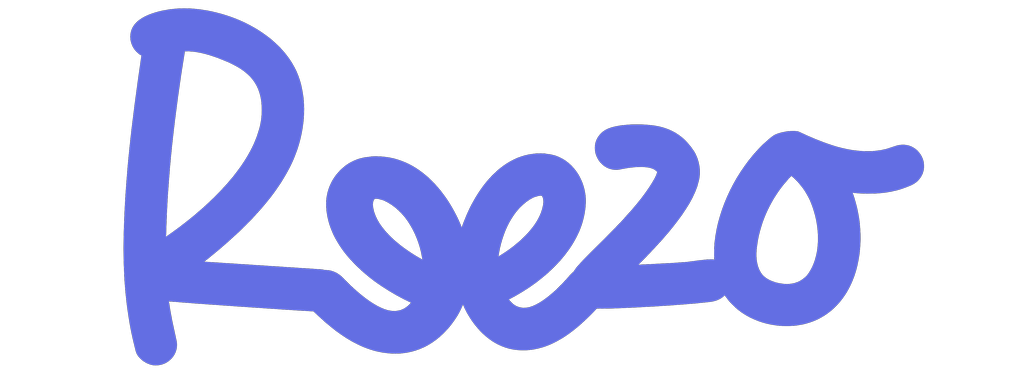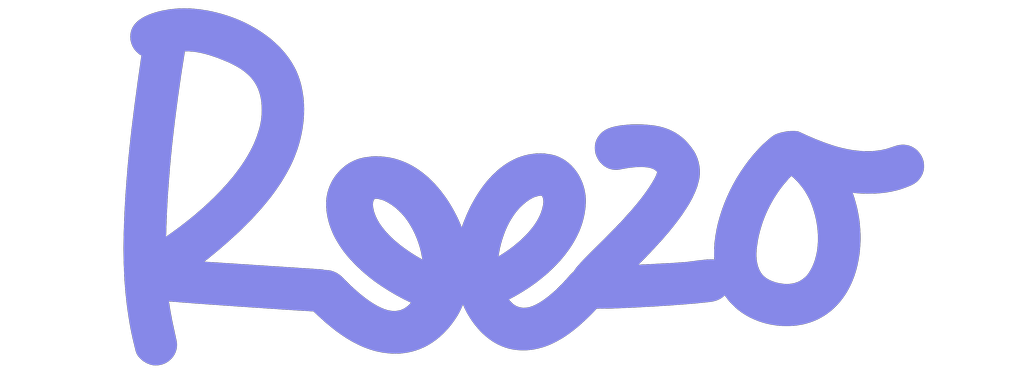Exploring the Best Stimulant Drugs: Benefits, Uses, and Cautions
In today’s fast-paced world, the need to stay alert, focused, and energetic has never been higher. From college students preparing for exams to professionals working long hours, the demand for cognitive and physical enhancement tools has surged. Among the most popular and widely discussed substances are stimulants. Known for their ability to increase mental alertness, energy levels, and wakefulness, stimulant drugs are commonly used both medically and recreationally. This article delves into the best stimulant drugs, their effects, usage, and the considerations to keep in mind.
What Are Stimulant Drugs?
Stimulant drugs are a class of substances that act on the central nervous system to boost brain activity. They increase the levels of certain neurotransmitters like dopamine and norepinephrine, resulting in heightened alertness, reduced fatigue, and improved mood. Medically, they are often prescribed to treat conditions such as Attention Deficit Hyperactivity Disorder (ADHD), narcolepsy, and occasionally depression. However, when used outside medical supervision, stimulants can carry risks of dependency and side effects.
Caffeine: The Most Widely Used Natural Stimulant
Caffeine remains the most commonly consumed stimulant in the world. Found in coffee, tea, energy drinks, and even some medications, caffeine enhances mental alertness and temporarily wards off drowsiness. While it's not the most potent option, its accessibility and relatively low risk make it one of the best stimulant drugs for everyday use when consumed in moderation.
It works by blocking adenosine receptors in the brain, which prevents the onset of drowsiness. For many, a cup of coffee in the morning is enough to kickstart a productive day. However, excessive caffeine can lead to restlessness, insomnia, or increased heart rate.
Prescription Stimulants: Potent and Effective
When discussing the best stimulant drugs in terms of potency and medical effectiveness, prescription medications such as Adderall, Ritalin, and Vyvanse are frequently mentioned. These drugs are primarily used in the treatment of ADHD and narcolepsy. They work by increasing dopamine and norepinephrine in the brain, which enhances concentration and reduces impulsivity and hyperactivity.
Adderall, a combination of amphetamine salts, is particularly popular among students and professionals due to its cognitive-enhancing effects. Vyvanse is considered a smoother alternative with a slower onset and longer duration, often resulting in fewer "crash" symptoms. Ritalin (methylphenidate), meanwhile, is known for its quick action, making it effective for short-term focus requirements.
Despite their effectiveness, these medications should never be used without a doctor’s supervision. Abuse or unsupervised use can lead to serious health risks including addiction, anxiety, and cardiovascular problems.
Modafinil: The Wakefulness Promoter
Another contender among the best stimulant drugs is Modafinil, a non-amphetamine prescription drug used primarily to treat narcolepsy and other sleep disorders. Unlike traditional stimulants, Modafinil has a unique mechanism that promotes wakefulness without causing excessive jitteriness or crashes. It has gained a reputation among entrepreneurs, students, and even military personnel for enhancing mental performance and decision-making.
What sets Modafinil apart is its relatively low risk of addiction and fewer side effects compared to amphetamines. While not officially approved for use as a cognitive enhancer, its off-label use has increased significantly. Nonetheless, medical consultation is essential before considering Modafinil.
Natural Alternatives for Gentle Stimulation
For individuals seeking the best stimulant drugs with a more natural origin and milder effect, herbal and natural supplements can be a good option. Substances like ginseng, Rhodiola rosea, and L-theanine (often taken with caffeine) are known to enhance energy and mental clarity without the harsh side effects associated with synthetic stimulants.
While these options may not deliver the dramatic boost of prescription medications, they are often preferred for daily use due to their subtle effects and better safety profile. They are also less likely to lead to dependency or tolerance buildup.
Risks and Considerations
Although stimulant drugs can significantly enhance cognitive and physical performance, they come with a risk profile that should not be ignored. Overuse or misuse can lead to a range of adverse effects, including elevated heart rate, insomnia, anxiety, and dependency. In severe cases, especially with powerful stimulants like amphetamines, long-term abuse can cause psychological disturbances and cardiovascular issues.
Another critical factor to consider is tolerance. With repeated use, the body may require higher doses to achieve the same effect, increasing the risk of side effects and addiction. This is why responsible use, ideally under medical supervision, is crucial.
The Role of Lifestyle in Enhancing Stimulant Effects
While it might be tempting to rely solely on stimulant drugs for productivity and focus, it’s important to combine their use with healthy lifestyle practices. Adequate sleep, regular exercise, balanced nutrition, and stress management all contribute to sustained mental and physical energy. When used in tandem with these habits, even the most basic stimulant—like caffeine—can be remarkably effective.
Final Thoughts on Choosing the Best Stimulant Drugs
Determining the best stimulant drugs depends largely on individual needs, health conditions, and usage goals. For those seeking a mild everyday boost, caffeine or natural supplements might suffice. For medical conditions like ADHD or narcolepsy, prescription stimulants like Adderall or Modafinil may be more appropriate, but only under a healthcare provider’s supervision.
Ultimately, stimulants can be powerful tools when used wisely. The key lies in understanding their effects, respecting their potency, and using them as part of a balanced approach to wellness and productivity.
- Art
- Causes
- Artisanat
- Danse
- Boissons
- Cinéma
- Fitness
- Cuisine
- Jeux
- Jardinage
- Santé
- Maison
- Littérature
- Musique
- Réseautage
- Autre
- Fête
- Religion
- Shopping
- Sports
- Théâtre
- Bien-être


